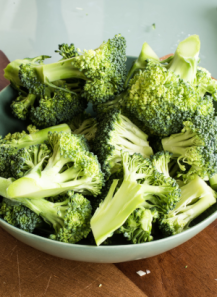Diindolylmethane (DIM)
Analytical
Code: 8683
3,3'-Diindolylmethane (DIM) is a natural compound formed during the digestion of indole-3-carbinol (I3C), which is found in cruciferous vegetables like broccoli, Brussels sprouts, cabbage, and kale.
Cart
No products
Subtotal:
0.00
Total
0.00
THB



